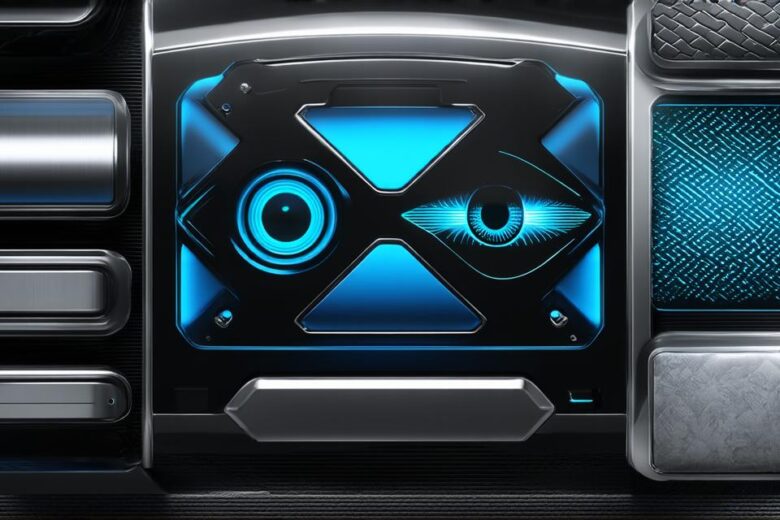Augmented reality (AR) is a technology that enhances the user’s real-world experience by overlaying digital information on top of it. In other words, AR inserts virtual objects and data into the user’s field of vision, creating an immersive and interactive experience.
What is Augmented Reality?
AR technology can be defined as a software system that takes real-world input from sensors (such as cameras, GPS, accelerometers, and gyroscopes) and generates computer-generated images and data to create a new, enhanced reality experience for the user. AR technology is used in various applications, including gaming, education, healthcare, and marketing.
Key Components of AR:
- Real-World Input: The first key component of AR technology is real-world input from sensors. These sensors capture data about the user’s environment, such as location, movement, and orientation. This data is then used to create a virtual representation of the user’s real-world environment in the AR software.
- Computer Vision: The second key component of AR technology is computer vision. Computer vision algorithms are used to analyze the real-world input from sensors and extract relevant information about the environment, such as object recognition, depth perception, and motion tracking. This information is then used to create a 3D model of the environment in the AR software.
- Graphics Rendering: The third key component of AR technology is graphics rendering. AR software uses advanced graphics rendering techniques to create realistic and interactive virtual objects that are overlaid on top of the real-world environment. This involves creating textures, lighting effects, shadows, and other visual elements that make the virtual objects appear authentic and lifelike.
- User Interaction: The fourth key component of AR technology is user interaction. AR software provides a range of interaction methods that allow users to engage with the virtual objects in the enhanced reality environment. This includes gestures, voice commands, and physical input devices such as controllers or sensors.
- Content Creation: The fifth key component of AR technology is content creation. AR software requires high-quality 3D models, textures, and other assets to create realistic and engaging virtual objects. Content creators use specialized tools and software to design and create these assets, which are then imported into the AR software for rendering and interaction.

How does AR work in practice?
The process of using AR technology involves a series of steps that are executed in real-time by the AR software. These steps include:
- Real-World Capture: The first step is real-world capture, where the sensors capture data about the user’s environment. This data includes information such as location, movement, and orientation.
- Computer Vision: The next step is computer vision, where the AR software analyzes the real-world input from the sensors to create a 3D model of the environment. This involves object recognition, depth perception, and motion tracking.
- Graphics Rendering: The third step is graphics rendering, where the AR software creates realistic and interactive virtual objects that are overlaid on top of the real-world environment. This involves creating textures, lighting effects, shadows, and other visual elements that make the virtual objects appear authentic and lifelike.
- User Interaction: The fourth step is user interaction, where the AR software provides a range of interaction methods that allow users to engage with the virtual objects in the enhanced reality environment. This includes gestures, voice commands, and physical input devices such as controllers or sensors.
- Feedback: The final step is feedback, where the AR software provides real-time feedback to the user based on their actions and interactions with the virtual objects. This feedback can take the form of visual cues, audio effects, or haptic feedback.
Summary:
In conclusion, augmented reality technology is a powerful tool that enables users to experience enhanced realities through the overlaying of digital information on top of their physical environment. The key components of AR technology include real-world input, computer vision, graphics rendering, user interaction, and content creation. By combining these components in real-time, AR software creates immersive and interactive experiences that can be used in a wide range of applications, including gaming, education, healthcare, and marketing.
